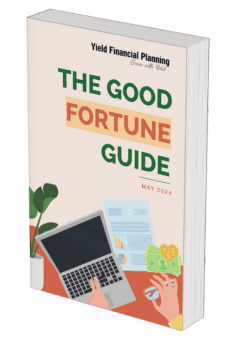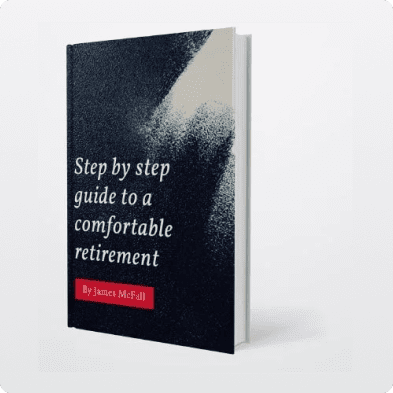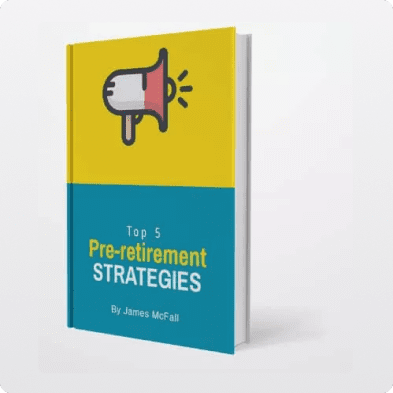In September 2007, borrowing in SMSF to buy property became possible. It’s an attractive option for some investors wanting to super charge their retirement savings and because of this, borrowing in SMSF to buy property is a common reason we see for people choosing to set an SMSF up.
The principles of borrowing to invest in property are similar to borrowing personally, however in our experience it is less likely to be appropriate to borrow for property investment in your super than it could be to do it personally.
Here are some common mistakes we see people make that we hope to help you avoid.
Haven’t Fully Considered the Costs
As I’m sure you’ll know, property is expensive to buy at the best of times. You need to factor in stamp duty, legal fees, building and pest inspections and bank loan fees – the list can go on. When you are buying in super though, there are more to consider and it’s important they are all factored in, so you understand what it is really going to cost you, before jumping in.
If you don’t already have an SMSF, the first thing you will need to do is set one up. In order to be able to purchase property, the super fund must have a corporate trustee and a bare trust must be established, which is an entity required to borrow the funds from the bank. The costs you will pay for this will vary, but as a guide this can be anywhere between $3,000 – $9,000.
Once the fund is set up, it is typically a requirement of the banks to have a Financial Planner sign off on the strategy before they will give you approval on your loan, which will also come at a cost. As a guide, depending on if you have an existing relationship with a Financial Planner this could cost anything from no additional cost to your regular fees, or up to $5,500.
Assuming a property was purchased for around the Melbourne median of $750,000, this equates to estimated costs of:
| Stamp Duty | $40,000 |
|---|---|
| Legal Fee | $1,000 |
| Transfer & Registration Fees | $2,000 |
| Building & Pest Inspection | $750 |
| Bank loan fees on $375,000 (assumes 50% loan) | $400 |
| SMSF set up, including corporate trustee and bare trust | $5,000 |
| Financial Planner advice | $2,200 |
| Total approximation of costs | $51,350 |
This is essentially your first hurdle rate for creating a return on investment.
Haven’t Got Pre-Approval for Finance in the First Place
It’s incredible how many times we’ve had people wanting a quick rubber stamp on their strategy to buy a property, after they’ve already committed to buying it. Unfortunately it is not that simple so don’t be a victim. The reason a bank wants a Financial Planner’s sign off is to confirm that the strategy makes sense for your fund.
This delays the finance process, but what we’ve also noticed is that banks often take longer to approve SMSF loans than individual loans. If you can’t get approval in place before settlement, this may result in penalties or even losing your deposit.
Getting pre-approval for finance is best practice with any property purchase and is particularly important with an SMSF purchase, when the wheels of finance turn slower.
Too Close to Retirement. You Can’t Sell a Brick!
As we’ve covered in the first point, property has big purchase costs and it also has expensive sale costs so it is important you hold a property for at least an asset cycle of 7 – 10 years to expect a reasonable return.
The problem for you as a property investor in super, when you are also close to retirement is that when you are ready to retire and convert your super to a pension, legislation will force you to take out a certain percentage (initially 4%-5%) of your fund balance every year.
This can literally mean that you are forced to sell your property, as the income generated after costs does not free up enough cashflow within the fund to pay the minimum required and the issue is compounded when you have debt against the property.
The outcome of this can have negative consequences including:
- You have not had the time to ride out a full asset cycle and therefore have an increased likelihood of a negative or poor investment return.
- You are forced to sell into the market, whatever the investment outlook is at that particular time, potentially exposing yourself to a weak property market and poor investment outcome.
What we have seen is people later in life realising they are behind where they want to be and trying to super-charge their retirement savings, without full awareness of these considerations.
Don’t Consider Diversification
Property is great in isolation and well selected property has historically been a consistent performer over time, however depending on the year, every asset class has its time in the sun or in other words, is the best performer. Some years cash will outperform, in others, shares, fixed interest or property. By having all or most of your retirement savings tied up in a property, it means you will have more volatility than if you diversified properly.
Having a diversified portfolio in retirement is particularly important, as you need to be able to sell down assets over time, usually to fund your income needs, and having a diversified approach gives you options on which asset you elect to sell at any given time.
You never want to be left in the position where you are forced to sell an asset at the wrong time and therefore while property is excellent to have in retirement it is simply not for everyone.
Don’t Have a Plan to Pay Down Debt
You need a plan for debt reduction.
If you carry debt into retirement because you haven’t properly planned out a debt reduction strategy, it accentuates the risks outlined in point 3 and is just generally riskier, given there is higher exposure if the property market slumps
Don’t Consider the Risk Management Strategy
Too often we see people investing outside of their risk comfort and with no risk plan in place. Yet managing risk is equally important towealth creation.
In fact the two are intrinsically interlinked, as your risk management strategy is designed to underpin your wealth creation strategy if something does not go to plan.
Insuranceis one option, as it is a way to transfer the risk to an insurance company and this could include life insurance to help ensure your family that survives you is taken care of in line with your current investment intention. Income Protection underpins your ability to earn an income if you are unable to work for medical reasons.
Your risk strategy should also consider your liquidity needs, when you need to retire and draw down on your funds and your risk profile amongst other things.
While borrowing to invest in super can be a great strategy, it is fraught with risk too and determining the approach that is right for you needs to be considered through a lens of your short, medium and long term needs, as well as the needs of your super fund in isolation, given the rules that apply to it specifically.
If you want to learn more about borrowing in SMSF to buy property,talk to a degree qualified Financial Adviserat Yield Financial Planning.
Written by James McFall – Financial Planner and founder of Yield Financial Planning.

















